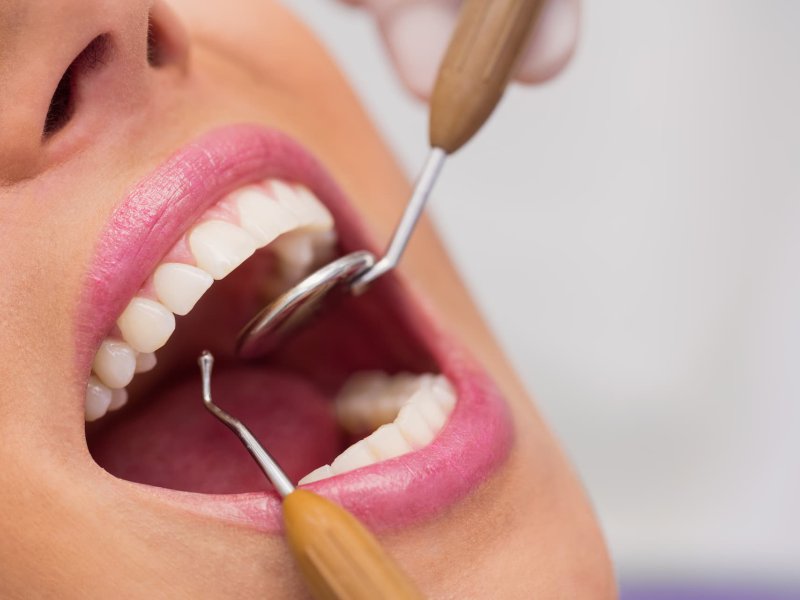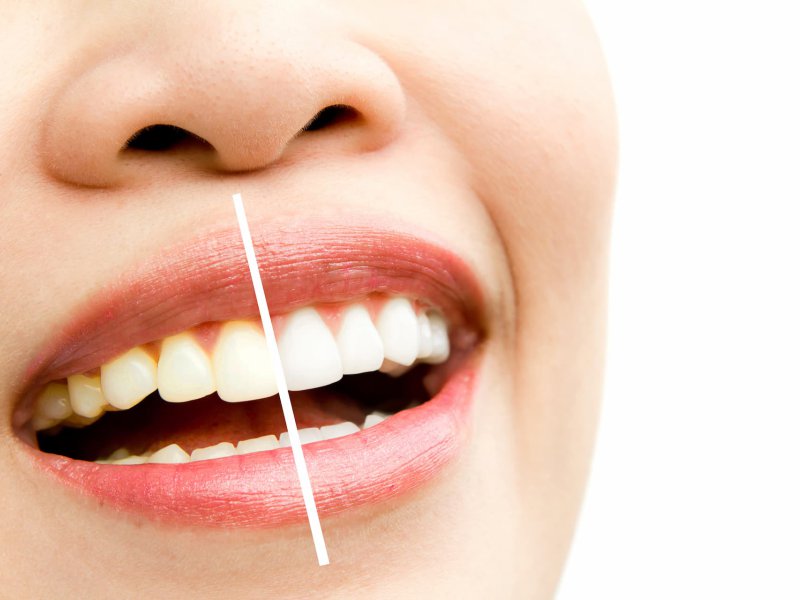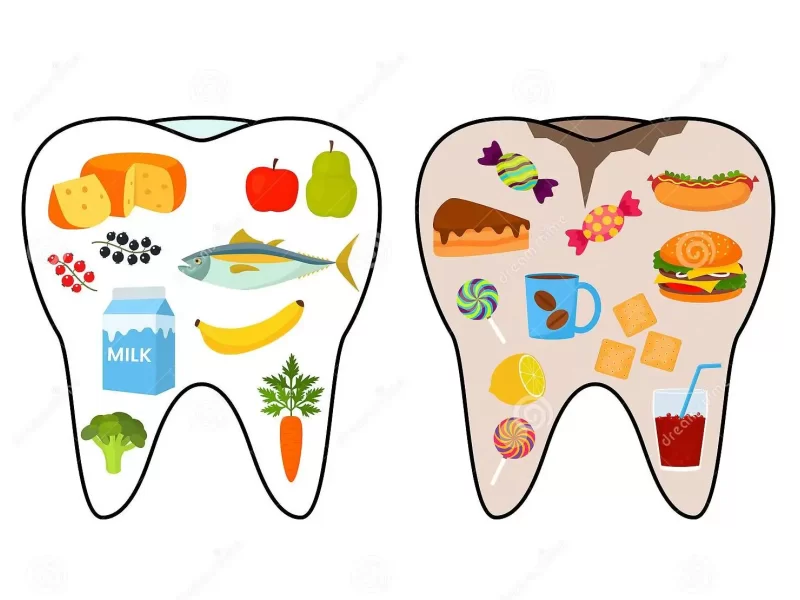What is Wisdom Tooth Extraction? Is it Difficult?
Wisdom teeth are the third molars that appear last in the mouth, usually emerging between the ages of 17 and 25.
Due to the evolutionary reduction in jaw size, there’s often not enough room for these teeth to erupt properly. As a result, they commonly become impacted or partially erupted, which can lead to issues such as infection, pain, decay, gum inflammation, or pressure on neighboring teeth.
From a dental standpoint, wisdom tooth extraction is a routine surgical procedure, but its level of difficulty varies depending on the tooth’s position, its relationship with the jawbone, and the patient’s overall health condition. Some extractions are simple, while others require surgical techniques and sutures.
Although often referred to as “difficult teeth” or “teeth that need surgery,” this procedure is actually quite safe when performed by an experienced dentist with proper planning.
In this article, we’ll explore what wisdom teeth are, why they’re extracted, the factors that make removal more complex, and the precautions to take after the procedure.
What Are Wisdom Teeth and When Do They Erupt?
The term “wisdom tooth” refers to the third molars located at the back of the mouth. In dental terminology, they are known as “third molars” or “wisdom teeth.”
A person can have up to four wisdom teeth — one in each corner of the mouth (upper right, upper left, lower right, and lower left). However, in some individuals, one or more may never develop or fail to erupt.
Wisdom teeth typically appear between ages 17 and 25. They may erupt partially (partially impacted) or remain fully impacted under the gum or bone.
Because they erupt late and often lack sufficient space, they may not align properly, leading to pressure on adjacent teeth, decay, gum problems, or abscess formation. For this reason, their position and development should be monitored through regular dental checkups.
Why Are Wisdom Teeth Extracted?
The most common reasons for removing wisdom teeth include:
Lack of space: When there’s insufficient room in the jaw, the tooth may not align properly or fully emerge. This can cause crowding and bite alignment issues.
Tooth decay and gum disease: Their hard-to-reach position makes cleaning difficult, increasing the risk of decay and gum infection.
Infection or abscess: Partially erupted or impacted teeth can trap bacteria under the gum, causing infections like pericoronitis.
Damage to neighboring teeth: Pressure from a wisdom tooth can cause root resorption, decay, or displacement of adjacent molars.
Cyst or tumor formation: Tissues around impacted teeth can develop follicular cysts or, rarely, tumors.
Orthodontic necessity: In some cases, extraction is recommended to facilitate or maintain orthodontic alignment.
Extraction decisions should always be based on a dentist’s evaluation — some wisdom teeth remain asymptomatic and harmless, while others must be removed to prevent complications.
Is Wisdom Tooth Extraction Difficult? When Does It Become Complicated?
Most wisdom tooth extractions are straightforward, but the difficulty level depends on the tooth’s position, root shape, and surrounding bone density.
If the tooth has fully erupted and is easily accessible, the procedure is relatively simple and performed under local anesthesia, usually taking 20–60 minutes.
The procedure becomes more complex in the following cases:
Impacted teeth: When the tooth is trapped under gum or bone, a surgical incision and bone removal may be necessary.
Complex root structure: Curved or multiple roots can make extraction harder.
Proximity to nerves or vessels: Lower wisdom teeth are sometimes close to the inferior alveolar nerve, requiring extreme precision.
Age: Healing slows and complication risk increases with age.
Infection or cysts: Inflammation can make surgical access and control more challenging.
Limited mouth opening or anatomical factors: Restricted jaw movement or unique bone structure may hinder access.
In summary, each wisdom tooth extraction is unique. The dentist should assess its difficulty using X-rays or 3D imaging and plan the safest surgical approach.
What Is an Impacted Wisdom Tooth? How Is It Diagnosed?
An impacted wisdom tooth is one that remains trapped under the gum or bone and fails to emerge fully into the mouth.
Sometimes these teeth cause no symptoms, but in other cases, they can lead to pain, swelling, infection, or limited jaw movement.
Common signs of an impacted wisdom tooth include:
Pain and swelling: Due to gum tissue inflammation around the tooth.
Pressure or discomfort: Caused by the tooth pushing against adjacent teeth.
Restricted jaw movement: Difficulty opening the mouth or swallowing.
Bad breath or unpleasant taste: Bacteria accumulation around the partially covered area.
Decay or root resorption in neighboring teeth: Pressure from the impacted tooth may damage nearby roots.
Radiographic findings: Panoramic X-rays or CBCT scans clearly reveal the position and depth of the tooth.
Through clinical and radiographic evaluation, the dentist determines whether surgical removal is necessary.
What Should Be Done Before Wisdom Tooth Extraction?
Proper preparation helps make the procedure smoother and reduces complication risks.
The dentist first performs a detailed oral examination, reviews panoramic X-rays or 3D scans, and evaluates your general health.
Patients should inform their dentist about medical conditions (bleeding disorders, diabetes, heart disease) or blood-thinning medications. In some cases, prophylactic antibiotics may be prescribed.
Avoid undergoing the procedure on a full or empty stomach — eat a light meal beforehand as recommended.
Smoking should be stopped prior to the extraction, as it impairs blood flow and delays healing.
Improving oral hygiene (professional cleaning, antiseptic rinses) beforehand can reduce infection risk.
Wearing comfortable clothing and having a companion present on the day of surgery is also advised.
These steps enhance comfort and minimize unexpected complications during the procedure.
How Is Wisdom Tooth Extraction Performed? Main Steps
Wisdom tooth extraction can be simple or surgical, depending on the tooth’s position. The general steps include:
Local anesthesia: The area is numbed to prevent pain.
Incision and access: In impacted cases, the gum is opened and bone may be partially removed.
Tooth sectioning: The tooth may be divided into smaller pieces for easier removal.
Extraction: The tooth is gently lifted and removed with specialized instruments.
Suturing: If an incision was made, stitches are placed.
Bleeding control: The area is packed with sterile gauze to stop bleeding.
Postoperative care: The dentist prescribes painkillers, antibiotics, or mouth rinses as needed.
The entire process typically lasts 15–30 minutes for simple cases, though complex surgeries may take longer.
Post-Extraction Care: What to Watch For
Proper aftercare is crucial for smooth healing. Patients should follow these recommendations:
Bleeding control: Bite down gently on gauze for 30–60 minutes after surgery.
Diet: Eat soft, lukewarm foods; avoid hot, hard, or crunchy items.
Pain management: Take prescribed or recommended painkillers as directed.
Swelling and bruising: Apply cold compresses for the first 24–48 hours.
Oral hygiene: Avoid disturbing the extraction site; start gentle brushing after 48 hours.
Avoid smoking and alcohol: For at least 7 days, as they delay healing.
Follow-up: Attend suture removal and check-up appointments; seek urgent care for persistent pain, bleeding, or fever.
How Long Does Pain Last After Wisdom Tooth Extraction?
Pain duration varies depending on factors such as surgical difficulty, inflammation, and post-care compliance.
Generally, pain peaks within the first 24–72 hours, during which painkillers are recommended.
Discomfort usually subsides within a week, though mild sensitivity to hot or cold may persist for up to 10 days.
If pain worsens, is accompanied by fever, or the site fails to heal, it may indicate infection or dry socket (alveolitis).
Following your dentist’s instructions and medication plan helps minimize discomfort and speed recovery.
What Happens If a Wisdom Tooth Is Not Removed?
Leaving an impacted or problematic wisdom tooth untreated can lead to several complications:
Infection: Recurrent pericoronitis due to trapped bacteria.
Tooth decay: Difficulty cleaning leads to decay in the wisdom tooth or neighboring molar.
Pressure on adjacent teeth: May cause misalignment, root resorption, or crowding.
Cyst or tumor formation: Follicular tissue can develop cysts or, rarely, benign tumors.
Chronic discomfort: Ongoing pressure, jaw spasms, or even headaches.
Gum problems: Recession and deep periodontal pockets can develop near the site.
Therefore, the condition of wisdom teeth should be regularly monitored, and extraction should be planned when necessary.
How Long Does Wisdom Tooth Extraction Take and When Does It Heal?
Extraction typically takes 15–60 minutes, depending on complexity.
Healing time varies from person to person but generally follows this pattern:
First 48 hours: Pain, swelling, and minor bleeding are common.
3–7 days: Pain and swelling significantly decrease; soft diet continues.
7–14 days: Most patients return to normal eating habits.
Full healing: Bone and tissue regeneration usually complete within 4–6 weeks.
Additional follow-up care or treatment may be recommended if necessary during the recovery process.








